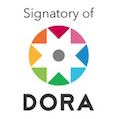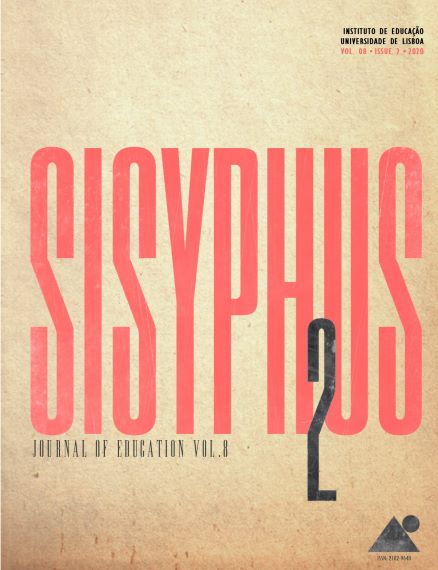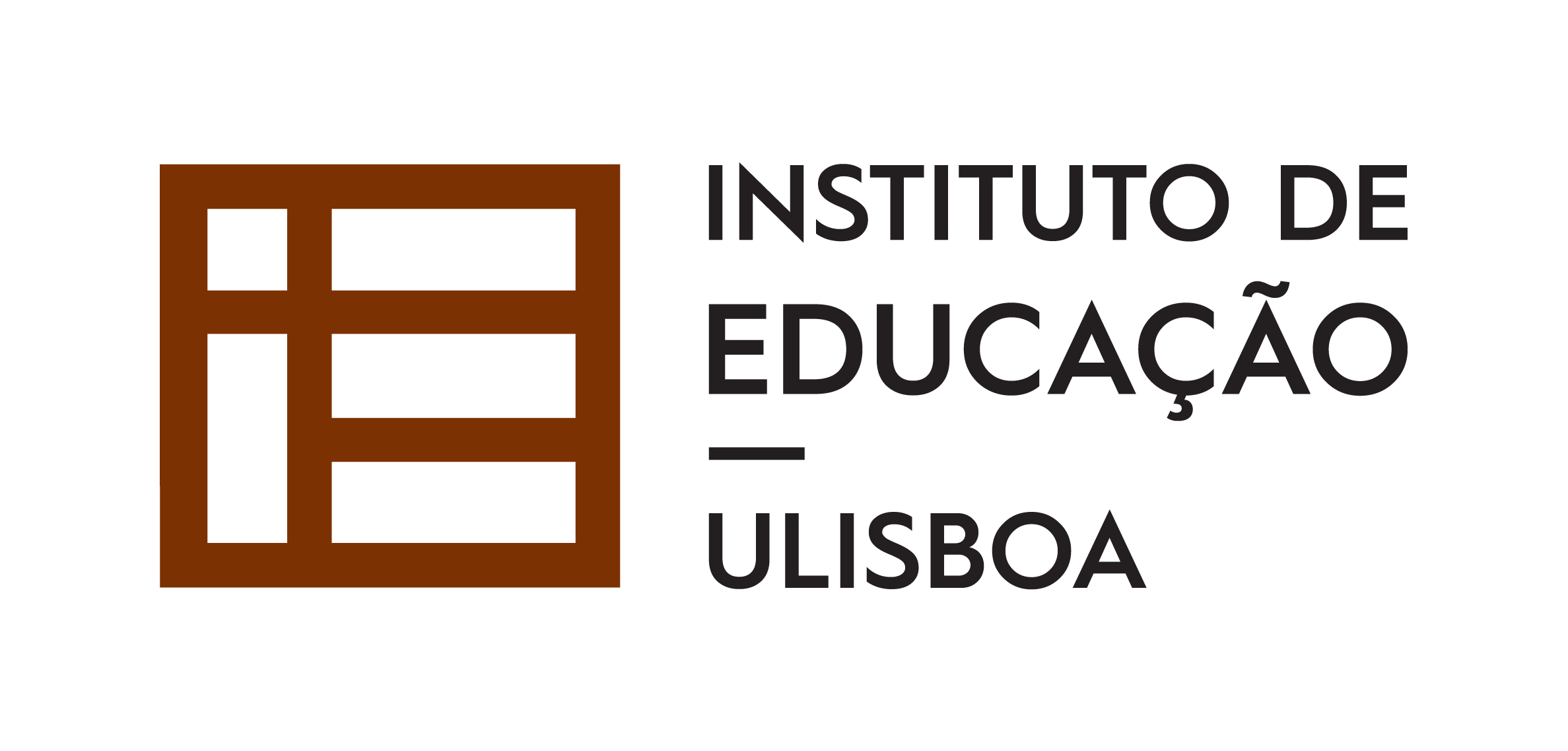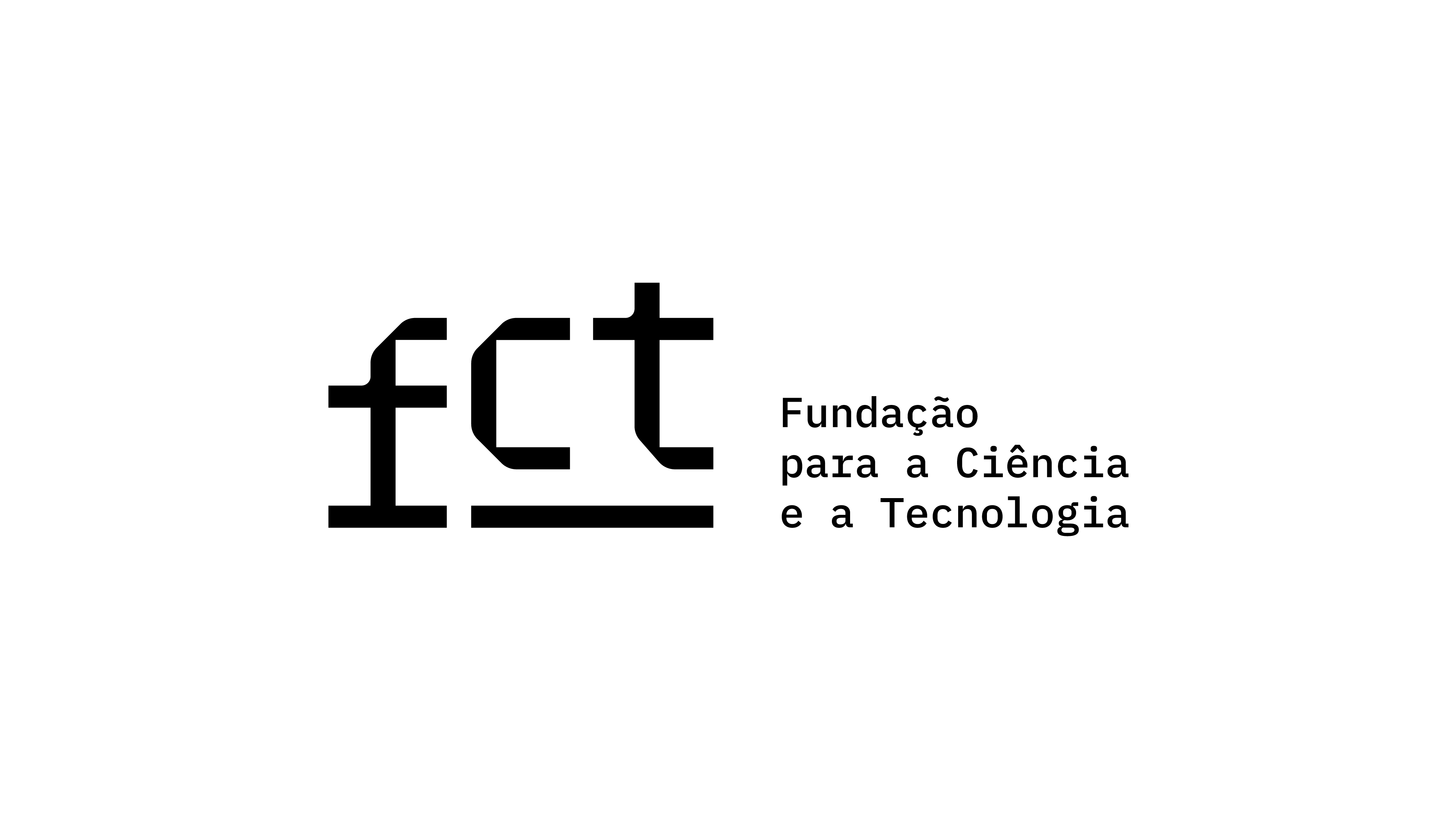Desarrollo de un Instrumento para Valorar el Impacto de la Práctica Teatral en los Jóvenes
DOI:
https://doi.org/10.25749/sis.19058Palabras clave:
teatro en la educación, jóvenes, instrumento de medida, artes escénicas, teatro aplicadoResumen
La práctica teatral es un recurso educativo de gran potencial en el ámbito de la intervención sobre el desarrollo psicosocial de los jóvenes. El presente trabajo describe el proceso de diseño y validación de la batería “El teatro y yo”, diseñada para evaluar la percepción que los jóvenes tienen sobre su experiencia teatral y, también, el impacto de ésta sobre su propio desarrollo personal. Un total de 305 jóvenes cumplimentaron las diferentes versiones del instrumento. El proceso de análisis de las propiedades de los ítems y de las escalas (asimetría, curtosis, estructura factorial, etc.) permitió la eliminación de aquellos ítems que no cumplen con los criterios de calidad y la depuración de las tres escalas que componen la batería. Los resultados ponen de manifiesto que la versión final de la batería presenta características psicométricas adecuadas que avalan tanto su fiabilidad como su validez. La batería “El Teatro y yo” puede ser un instrumento útil para el profesorado y los formadores para evaluar el efecto de la práctica teatral sobre el desarrollo de los jóvenes.
Descargas
Citas
BARQUERO, V. R., & VARGAS, G. A. (2009). Efecto de ocho clases de expresión corporal en el estado de ánimo y autoconcepto general de jóvenes universitarios. Revista Educación, 33(2), 139-152. Retrieved from: https://revistas.ucr.ac.cr/index.php/educacion/article/viewFile/509/523
CATTELL, R. B. (1966). The scree test for the number of factors. Multivariate Behavioral Research, 1(2), 245-276.
CRAIG, D. A. (2011). A theatre-based youth development program: Impact on belonging, developmental assets, and risky behaviors. Public Access Theses and Dissertations from the College of Education and Human Sciences. 127. Lincoln: University of Nebraska.
DUTTON, S. E. (2001). Urban youth development–Broadway style: Using theatre and group work as vehicles for positive youth development. Social Work with Groups, 23(4), 39-58. DOI: http://dx.doi.org/10.1300/J009v23n04_04
FREDRICKS, J. A., ALFELD-LIRO, C. J., HRUDA, L. Z., ECCLES, J. S., PATRICK, H., & RYAN, A. M. (2002). A qualitative exploration of adolescents’ commitment to athletics and the arts. Journal of Adolescent Research, 17(1), 68-97.
HANRAHAN, F., & BANERJEE, R. (2017). ‘It makes me feel alive’: the socio-motivational impact of drama and theatre on marginalised young people. Emotional and Behaviour Difficulties, 22(1), 35-49. DOI: http://dx.doi.org/10.1080/13632752.2017.128733
HOUGH, B., & HOUGH, S. (2012). The Play Was Always the Thing: Drama’s Effect on Brain Function. Psychology, 3(6), 454-456. DOI: http://dx.doi.org/10.4236/psych.2012.36064 454
HUGHES, J., & WILSON, K. (2004). Playing a part: the impact of youth theatre on young people's personal and social development. Research in Drama Education, 9(1), 57-72. DOI: http://dx.doi.org/10.1080/1356978042000185911
JOHNSON, L., & O’NEILL, C. (1991). Collected Writing in Drama Education. Dorothy Heathcote. Evanston, IL: North western University Press.
KOSNIK, C. (2014). How Theatre Participation Impacts High Schoolers and College Students. (Unpublished doctoral dissertation). Arizona State University.
LARSON, R. W., & BROWN, J. R. (2007). Emotional Development in Adolescence: ¿What can be Learned from a High School Theater Program? Child Development 78(4), 1083-1099. DOI: 10.1111/j.1467-8624.2007. 01054.x
MANSOUR, M., MARTIN, A., ANDERSON, M., & SUDMALIS, A. (2016). Young People's Creative and Performing Arts Participation and Arts Self-concept: A Longitudinal Study of Reciprocal Effects. The Journal of Creative Behavior, 52(3). DOI: 10.1002/jocb.146
MCCAMMON, L. A., SALDAÑA, J., HINES, A., & OMASTA, M. (2012). Lifelong Impact: Adult Perceptions of Their High School Speech and/or Theatre Participation. Youth Theatre Journal, 26(1), 2-25. DOI: 10.1080/08929092.2012.678223
MCLAUCHLAN, D. (2010). Keeping the Kids in School: What the Drama Class Tells Us. Encounters on Education 11, 135-154.
MOTOS, T., & ALFONSO-BENLLIURE, V. (2018). El teatro como recurso para afrontar los retos de la adolescencia. Didacticae. Revista de Investigación en Educación, 16(1), 34-50.
MURRAY, B., & GARCIA, L. (2016). Three-decade drama/theatre and (for/ with/by/about) youth crowed-source timeline. Youth Theatre Journal, 30(2), 136-148. DOI: http://dx.doi.org/10.1080/08929092.2016.1234273.
NEELANDS, J. (2009a). Acting together: ensemble as a democratic process in art and life. RIDE: The Journal of Applied Theatre and Performance, 14(2), 173-189. DOI: http://dx.doi.org/10.1080/13569780902868713
NEELANDS, J. (2009b). The art of togetherness: Reflections on some essential artistic and pedagogic qualities of drama curricula. NJ Drama Australia Journal, 33(1), 9-18. Retrieved from: http://www.dramaaustralia.org.au/publications.html
OMASTA, M. (2011). Adolescents’ affective engagement with theatre: Surveying middle school students’ attitudes, values, and beliefs. International Journal of Education & the Arts, 12 (Suplement 1-6). Retrived from: http://www.ijea.org/v12si1/
OMASTA, M., & BRANDLEY, A. T. (2016) Student perceptions of high school theatre programs: An investigation of social issues and call for replication. Youth Theatre Journal, 30(1), 50-67. DOI: 10.1080/08929092.2016.1160015
PIAZZOLI, E. (2018). Embodying language in action. Cham: Palgrave Macmillan.
ROWE, N., REASON, M., & PRESTON, S. (2017). Applied Practice: Evidence and Impact in Theatre, Music and Arts. London: Bloomsbury Publishing.
SELMAN, J., & HEATER, J. (2015). Theatre, Teens, Sex Ed: Are we there yet? Edmonton: University Alberta.
VETTRAINO, E., WARREN, L., & JINDAL-SNAPE, D. (2017). Embodied voices: using applied theatre for co-creation with marginalised youth. Emotional and Behavioural Difficulties, 22(1), 79-25. DOI: http://dx.doi.org/10.1080/13632752.2017.1287348
Descargas
Publicado
Número
Sección
Licencia
Copyright (c) es propiedad de Sisyphus – Journal of Education. Sin embargo, alentamos que los artículos publicados en la revista se publiquen en otro lugar, siempre que se solicite el permiso de Sisyphus y los autores incorporen nuestra cita original y un enlace a nuestra página web.
Política de Autoarchivo
Los autores pueden autoarchivar la versión final publicada de sus artículos en repositorios institucionales, temáticos o páginas web personales e institucionales.
Suscriptor de DORA
El Instituto de Educação de la Universidade de Lisboa, editor de Sisyphus, es uno de los suscriptores de la Declaración de San Francisco sobre la Evaluación de la Investigación (DORA).





